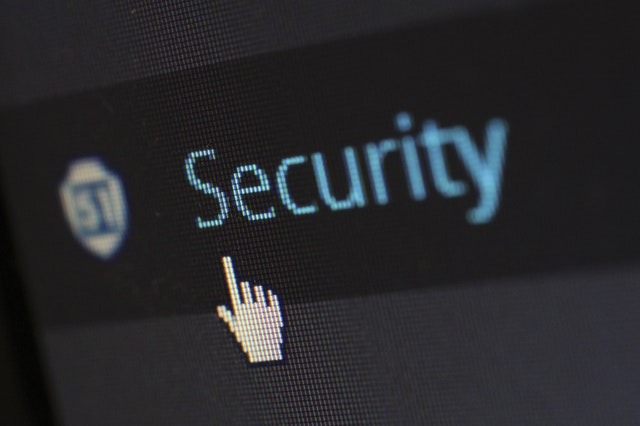The shift to remote work has created new challenges for keeping sensitive company data safe. With employees working from various locations, it’s harder to maintain consistent security.
However, robust data management practices can mitigate the risks of having a remote workforce. By taking proactive steps, you can better protect your business. It also helps to maintain the trust of customers and partners.

Lock Down Devices
The laptops and phones your employees use at home are on the front line. Every device should have up-to-date antivirus and anti-malware technology installed. This software protects devices from common threats and blocks suspicious files.
Each device should also automatically install the latest operating system updates. These updates often fix vulnerabilities that cybercriminals could exploit.
Control Access
You should also enforce multi-factor authentication (MFA) for all your systems. MFA requires a second check after inputting a password, such as a code from a phone. The Cybersecurity & Infrastructure Security Agency (CISA) says that MFA leaves bad actors just a 1% chance of hacking your account.
In addition, encourage employees to use passkeys instead of passwords where possible. Passkeys let users access accounts with fingerprints or face scans. This method provides a simpler, more secure alternative to passwords.
Secure Home Networks
Employees’ home networks are often less secure than office networks. This lack of security creates vulnerabilities for attackers to exploit. As a basic security measure, encourage your team to secure their Wi-Fi with strong passwords. Remind them to change these passwords on a regular basis.
Employees’ home networks are often less secure than office networks. This lack of security creates vulnerabilities for attackers to exploit. As a basic security measure, encourage your team to secure their Wi-Fi with strong passwords. Remind them to change these passwords on a regular basis.
You should also provide your business with a virtual private network (VPN). A VPN encrypts all the information between devices and your company’s network. This encryption prevents third parties from intercepting sensitive information. Employees can connect to this VPN when accessing company resources, preserving security.
Protect Cloud Data
Many businesses use cloud computing to store and manage data. While this technology offers incredible flexibility, it also requires specific security measures.
You are responsible for protecting the information you store in the cloud. So, always encrypt sensitive data, whether it’s moving between places or at rest on the cloud. Most major cloud providers offer built-in encryption features that are easy to enable.
Stay Ahead of the Curve
Managing the security challenges of a remote workforce can feel overwhelming. But these practices can help you lay a strong foundation for your business’s security.
Act now to protect your data and prepare your business for the evolving challenges of remote work.